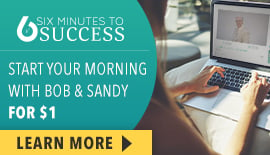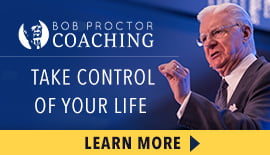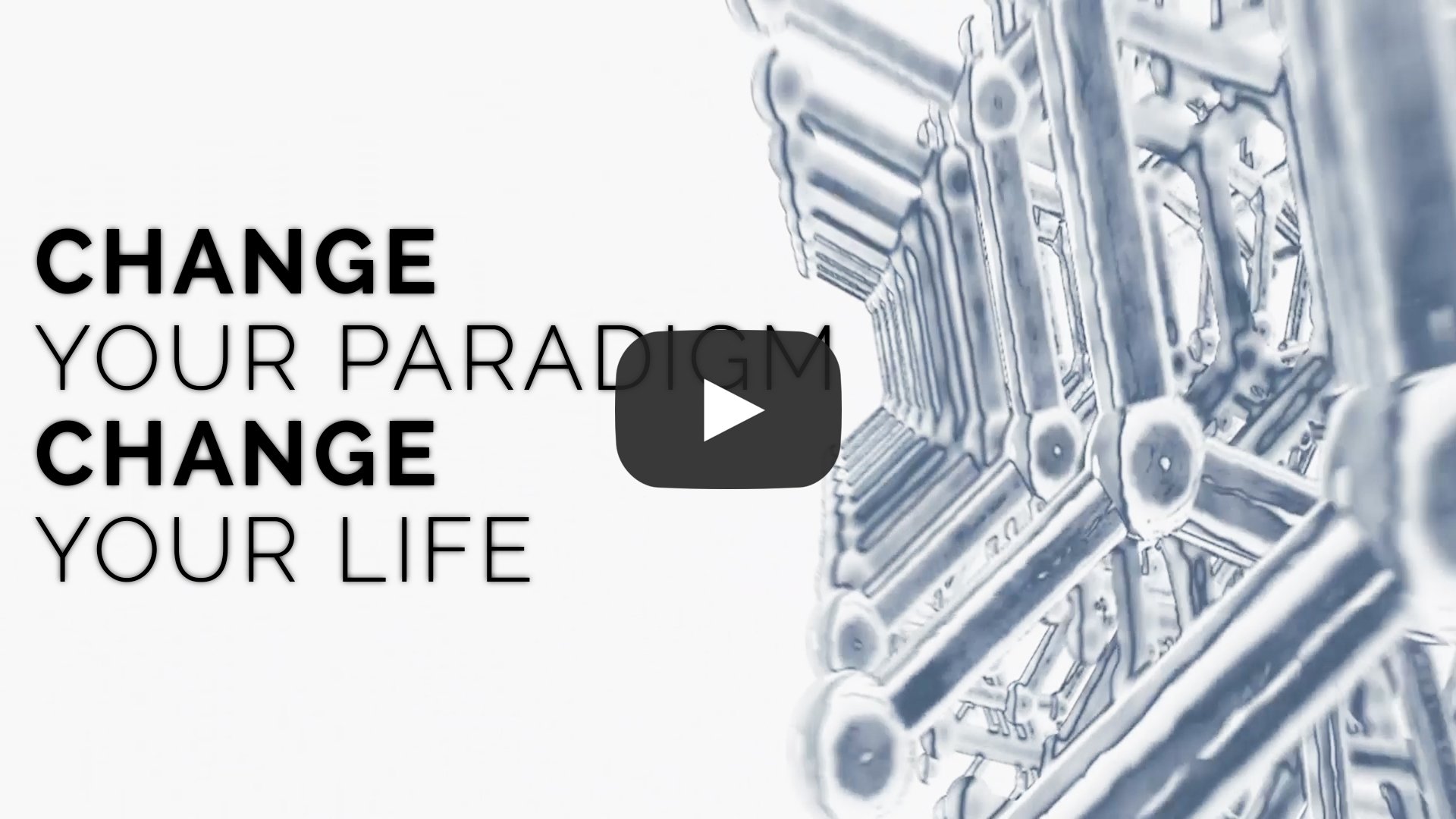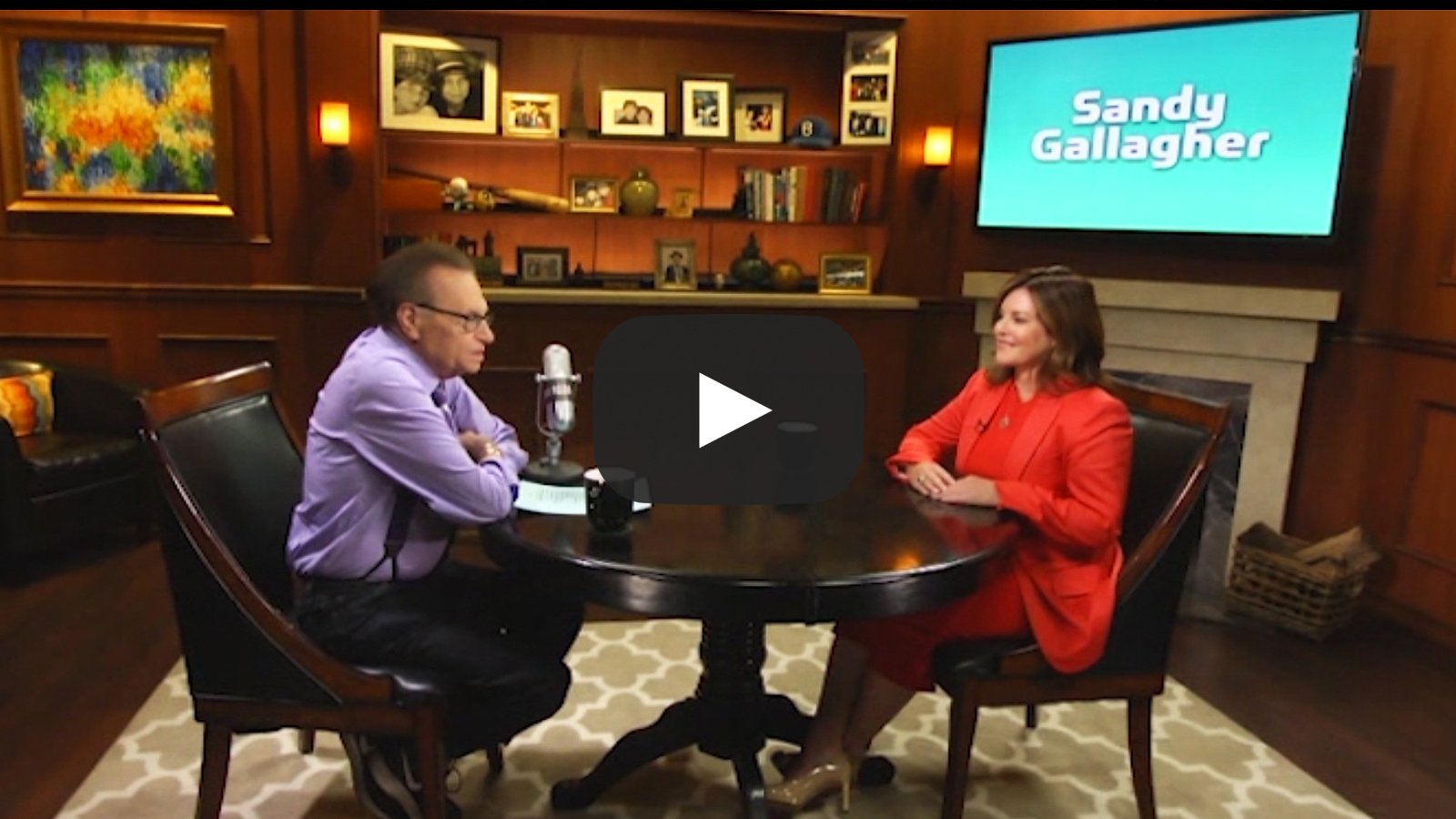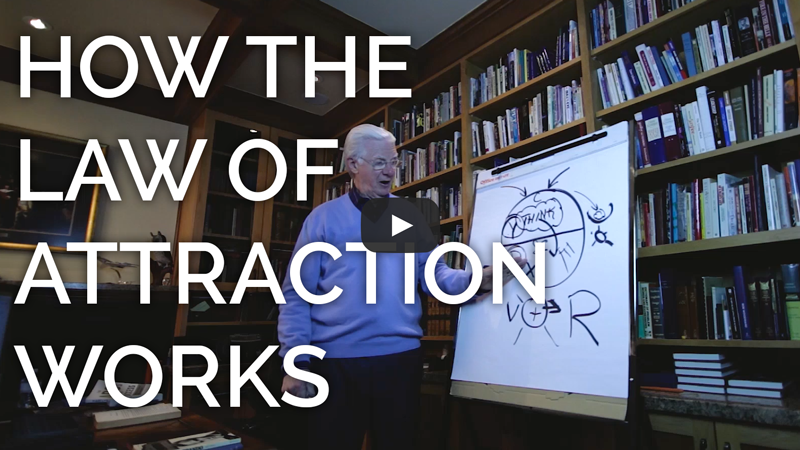At age 26, Bob Proctor’s life was a total mess.
He owed more money than he made in a year. He spent most of his time with the wrong crowd. And he was rarely happy.
So, one day, a man named Raymond Stanford sat down with him and asked, “Why don’t you change the way you’re living?”
Well, it had never occurred to Bob that he could change his life. With his background and lack of education, he was already doing about as well as he had ever expected.
I think that’s true for countless people who are wandering this planet. They barely get by as they go through the motions of life.
While these people might occasionally wonder if there’s more to life than what they’re experiencing, they don’t believe they can change theirs. So, they continue to do the same things and get the same results year after year.
That’s the power of belief.
What is Belief?
Beliefs are complicated, but for our purposes, here’s a simple definition:
A belief is an assumed truth.
Our beliefs, whether we create them ourselves or we get them from our family and friends, anchor our understanding of the world around us.
Many people stick with their beliefs all their life. So, their results, which are just the manifestation of their beliefs, don’t change much over the years.
I am eternally grateful that Raymond Sandford challenged Bob to change the way he was living. Because if he hadn’t, Bob might have held on to his old beliefs and never become the man we know today. Not only would Bob not be where he is today, but I—and millions around the world—would not be where we are either.
Who could YOU become if you changed your old beliefs? What would you do? What would you have?
The Proof is in YOUR Pudding
Mahatma Gandhi, the leader of India’s nonviolent independence movement, said, “If I have the belief that I can do it, I shall surely acquire the capacity to do it even if I may not have it in the beginning.”
Philosopher William James said, “Believe that life is worth living and your belief will help create the fact.”
And Mark Victor Hansen, author of Chicken Soup for the Soul, said, “Your belief determines your action and your action determines your results, but first you have to believe.”
But this isn’t about what philosophers, authors or world leaders say or have experienced. It’s about you, your beliefs, and changing the ones that limit you
You are the one expert who, for every moment of every day of your life, has been collecting the data on how your beliefs affect your life. So, let’s walk through a few direct experiences of what it’s like to evaluate and change your beliefs.
The Power to Set Yourself Free is in Your Hands
Your belief system is based on your evaluation of something. Frequently if we reevaluate a situation, our belief about the situation will change.
So, start to evaluate your beliefs from different perspectives. If you do that, you’ll start to see that many of your beliefs are baseless.
I encourage you to use each of the following strategies to evaluate some of your beliefs:
1. Think of something you struggle with. Ask yourself why the situation is difficult for you. Then, think about what you believe about the situation.
Next, ask yourself how someone you admire would perceive the situation. What would that person’s beliefs be? Write about how your experiences or results would be different if you adopted their beliefs.
Then, start to approach things from the new perspective whenever the situation comes up to see how it affects your results.
2. Name a belief that you would like to change. Write it on a piece of paper and place it in the middle of a table. Move around the table to look at the belief from different points of view.
Does looking at the belief from an upside-down perspective make the belief seem silly? How about when it’s sideways?
Relax and have some fun with this exercise. Use your imagination to come up with a unique perspective that can help you improve your experiences.
3. Think about a recurring situation that upsets you. Write down the belief that causes you to react negatively.
Take a few minutes to think about or write down the reasons the belief is false. Keep those reasons in mind each time the situation occurs until you are no longer bothered by it.
Here’s an illustration of how you can use this strategy to help you change a belief:
Patti’s husband has a habit of leaving dresser drawers open. Whenever she walks into the bedroom and notices that the drawers are open, she shakes her head and thinks, “How difficult can this be? If you open it, close it! He is so irresponsible.”
Then she spends the next couple of minutes, stewing and considering leaving things exactly as they are so she can point it out to her husband when he comes home.
What was Patti’s belief about this situation?
“My husband is irresponsible, and I can’t handle it!”
Recently, she started to evaluate her belief and why it’s false. Here’s what she came up with:
“My belief is false because my husband is responsible in the ways that matter most—he pays bills, he’s loyal and faithful, and he takes care of the lawn and house repairs without any prompting. And I can handle his moments of irresponsibility.”
Patti decided that whenever she sees open drawers, her new belief will be, “Todd is a responsible husband who sometimes forgets to close drawers, just like sometimes I forget to take clothes out of the dryer. This is no big deal.”
Most of the time this works, and she feels great. But, a couple of times Patti still reacted poorly. However, she was aware of what she was doing and that she had other choices, and that allowed her to let her frustration go more quickly than before.
What Are You Looking At?
These exercises are mirrors for seeing your beliefs from different angles.
You just need to be willing not to take yourself so seriously and to honestly look at your beliefs with an open and expanded mind.
Here’s a summary of the general process you can use to change any belief:
1. Consider a situation or belief that troubles or limits you.
2. Evaluate the belief (e.g., ask where it came from, if it’s really true, if it’s helping you grow, etc.) and determine what a more empowering belief would be in that situation.
3. Create an affirmative statement of the belief/perspective you want and re-enter the situation with this new belief.
4. Practice entering the situation with the new belief over and over again, until you embody the new perspective.
5. Enjoy the results!
Once you get started in evaluating your beliefs, you will realize that you can achieve anything you want. Whether you choose to pursue what you want is entirely up to you.
However, I promise you this…
Should you choose to devote yourself to the ongoing journey of evaluating your beliefs, you will develop a tremendous amount of joy and respect for who you really are and what you’re capable of.
To more and better,
Sandy Gallagher



